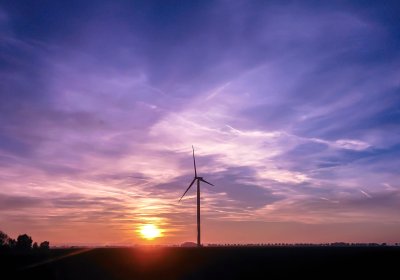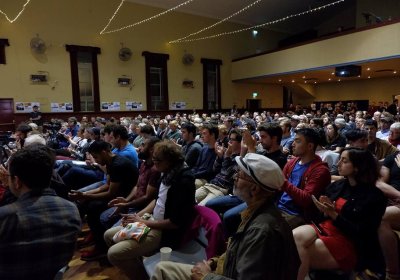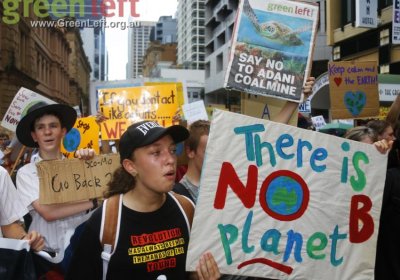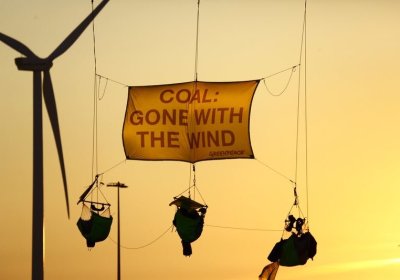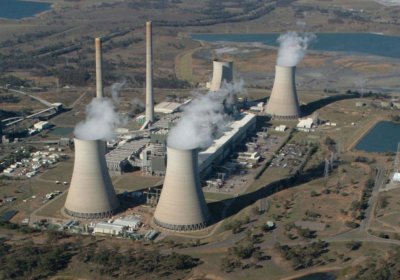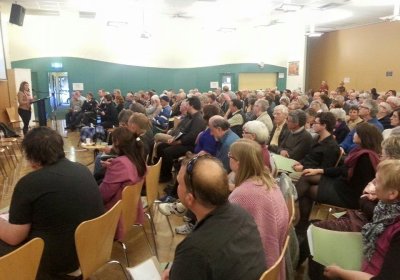Climate activist Zane Alcorn looks at a groundbreaking, decade-old report that showed how Australia could have had 100% renewable energy by now.
renewables
The Victorian Socialists released the following statement on stopping Adani on May 1.
More than 350 Victorian Socialists members and supporters packed out Preston Town Hall on April 6 to launch the party’s federal election campaign.
Three days before 150,000 students organised the biggest national school walkout in Australian history to demand politicians act on climate change, Reserve Bank of Australia (RBA) deputy governor Guy Debelle sounded a warning about the drastic effects of climate change on the economy.
When students and an RBA governor agree on the urgent need to stop the devastating impact of climate change on society and the planet, you know the movement is starting to bite.
In recent weeks the coal lobby has launched a renewed propaganda offensive, including Pauline Hansen offering support for Coalition tax legislation in exchange for a new coal-fired power station in North Queensland and former Prime Minister Tony Abbott calling for government funding for new coal-fired power stations.
A new report, Supercharging Australia’s clean energy transition, by the Univeristy of Technology Sydney’s Institute of Sustainable Futures, suggests that an annual investment of just 7.7% of Australia’s trillion-dollar superannuation nest-egg could underwrite the transition to a 100% renewable energy electricity grid by 2030.
In the three months to June, Australia's greenhouse gas emissions reached a record level, with the annual emissions on track to surpass the previous peak in 2009, according to the latest National Energy Emissions Audit published by The Australia Institute.
The electricity industry crisis has reached new heights, with the federal government pressuring giant energy company AGL to keep the ageing Liddell coal-fired power station open for a further five years after 2022, its due date for closure.
Liddell, in the Hunter Valley region of NSW, is a coal-burning dinosaur. The reality is neither the government’s policy of defending Big Coal, nor its reliance on the so-called “energy market”, will solve the problem of skyrocketing electricity prices for consumers or the looming environmental crisis.
There is no genuine reason why Australia cannot have 100% renewable electricity in less than a decade, at sharply reduced prices.
In May a vice-president of Sempra Energy, one of the largest utility firms in the US, caused a stir by stating flatly that there was no longer any technical obstacle to powering California with 100% renewables.
A new study from the Australian National University suggests that a 100% renewable energy electricity grid for Australia is not only possible, it would be a significantly cheaper option than the current coal and gas-powered network.
The study, by energy experts Andrew Blakers, Bin Lu and Matthew Stocks, proposed a mix of solar PV and wind energy, backed up by pumped hydro as the cheapest option for Australia.
“How can Shadow Minister for Renewables David Southwick continue to hold his title while opposing investment in wind and solar?” asked Friends of the Earth renewables campaigner Pat Simons after the Victorian Liberals declared they would abolish the state renewable energy target if elected.
Protesters gathered outside his Caulfield offices on February 14 with a banner reading “Shadow Minister against renewables” and also outside state Opposition leader Matthew Guy's office in Bulleen.
Hundreds of people attended the first leg of the 100% Renewables Roadshow in Adelaide on October 31, demonstrating strong community support for renewable energy in South Australia.
Solar Citizens National Director Claire O’Rourke spoke about their Homegrown Power Plan, which maps out a proposal for how Australia can get to 100% renewable energy by 2030.
- Previous page
- Page 2
- Next page
